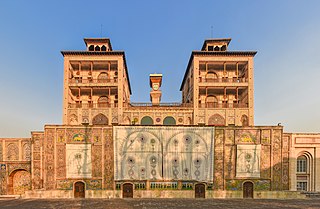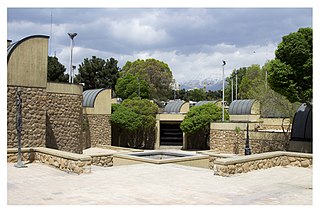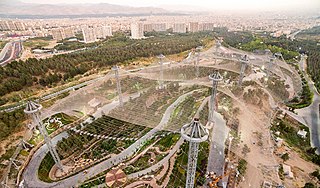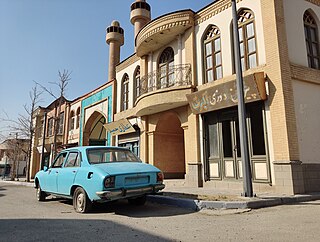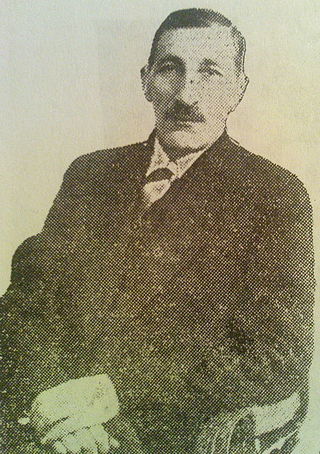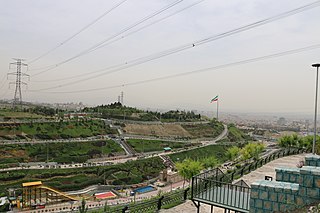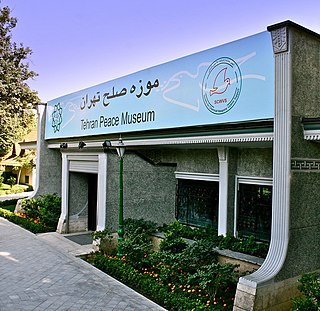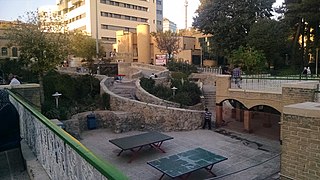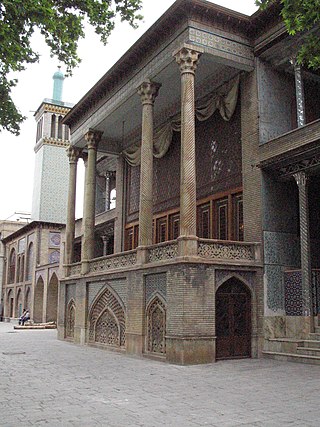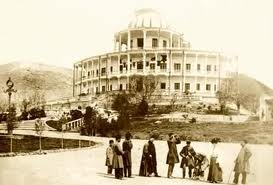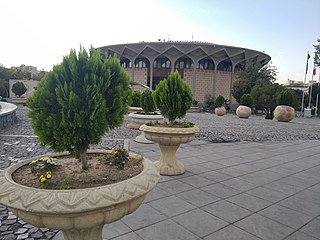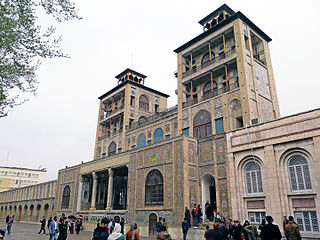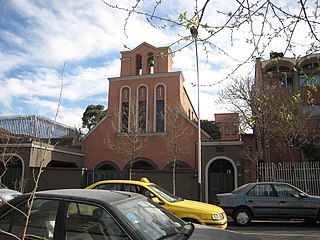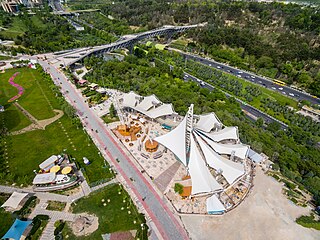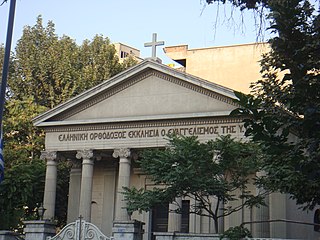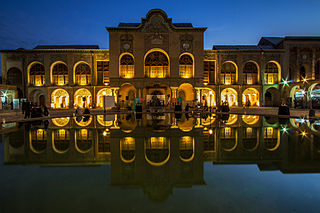23 Sights in Tehran, Iran (with Map and Images)
Legend
Premium Sights
Book tickets, guided tours and activities in Tehran.
Guided Free Walking Tours
Book free guided walking tours in Tehran.
Welcome to your journey through the most beautiful sights in Tehran, Iran! Whether you want to discover the city's historical treasures or experience its modern highlights, you'll find everything your heart desires here. Be inspired by our selection and plan your unforgettable adventure in Tehran. Dive into the diversity of this fascinating city and discover everything it has to offer.
Sightseeing Tours in Tehran1. Golestan Palace
The Golestan Palace, also transliterated as the Gulistan Palace and sometimes translated as the Rose Garden Palace from Persian language, was built in the 16th century, renovated in the 18th century and finally rebuilt in 1865. It is the former official royal Qajar complex in Tehran.
2. Tehran Museum Of Contemporary Art
Tehran Museum of Contemporary Art,, also known as TMoCA, is among the largest art museums in Tehran and Iran. It has collections of more than 3,000 items that include 19th and 20th century's world-class European and American paintings, prints, drawings and sculptures. TMoCA also has one of the greatest collections of Iranian modern and contemporary art.
3. Tehran Birds Garden
Tehran Bird Garden is located in the northeast of Tehran on Kouhestan Street (Qasemabad) leading to Esteghlal Boulevard and inside the eastern part of Lavizan Forest. This garden is designed in two phases, the first phase is named "Dashtcher" and includes birds that are kept in cages or are unable to fly. The second phase, which has an area of 6.2 hectares and is built in the northern area, is called "Abcher". The "water" is for birds that can fly, and the shell and net designed for this part prevent birds from leaving this space. The construction of this garden took 3 years.
4. شهرک سینمایی و تلویزیونی ایران
Ali Hatami Cinema and Television Town or Ali Hatami Town is the name of a large area in the west of Tehran where the decorations of streets and buildings related to Iranian films and series are made and maintained. Almost all of the décor of the Iranian Cinema Town is related to the Pahlavi period, but the décor of Kufa was also made in this town. Also, the decorations of this town are the decorations of the buildings and streets that really existed in the old Tehran. Another decoration made in this settlement is the décor of the city of Jerusalem, which has been used in many series and movies. This town, which is located on the Lashgari Highway, was built in 1979 by Iranian director Ali Hatami.
5. امامزاده یحیی
Imamzadeh Yahya is the name of the mausoleum of Abolghasem Ezzeddin Yahya, which is located in an alley of the same name in a neighborhood between the east-west of Rey Street and Sirous Street and the north-south of Amir Kabir to 15 Khordad (Bouzar Jomehri). This neighborhood is part of the large area of old Oudlajan in Tehran, which stretched from Naser Khosrow Street to Rey Street.
6. Sa'i Park
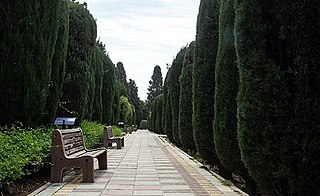
Saei Park or Saei Park is one of the public parks in Tehran, which is located with an area of about 12 hectares on Vali-e-Asr Street in the 6th district of Tehran Municipality. The site of this park was planted in 1945 by Engineer Karim Saei and was given to the Ministry of Agricultural Jihad at the time. Finally, the idea of the main design of the park was formed in the 1960s, and this park was built in 1963 with the design of Hossein Mahjoubi. The completion of the design and construction stages of the park continued between 1963 and 1973.
7. Nahjol Balaqe Park
Nahj al-Balagheh Park is one of the parks in Tehran, which covers an area of more than 35 hectares and is located in a large part of the Farahzad valley between Niayesh Highway, Hemmat Highway, and the west of Yadegar-e-Imam Highway. The length of this park is one and a half kilometers and the average width is 300 meters. Also, the difference between the height of the surface and the floor of the park is 55 meters and has a slope between 10 and 35 degrees.
8. Peace museum Tehran
The Tehran Peace Museum is a member of the International Network of Museums for Peace. The main objective of the museum is to promote a culture of peace through raising awareness about the devastating consequences of war, with a focus on the health and environmental impacts of chemical weapons. Currently housed in a building donated by the municipality of Tehran within the historic City Park, the Tehran Peace Museum is as much an interactive peace center as a museum.
9. Shafagh Park
Shafagh Park or Shafaq Park is related to the era of Mohammad Reza Shah Pahlavi and is located by Kamran Diba in Tehran, Jamaluddin Asadabadi Street (Yousef Abad), Shahid Ghanbari Alley (19th), which is connected to Farahanipour Street on one side and Tehrani Vahed Street in Yousef Abad area on the other. This work was registered on January 22, 2004 with the registration number 10855 as one of the national monuments of Iran. In the vicinity of this park, Fatemeh Zahra Hospital and Moheb Kowsar Hospital are located.
10. خانه تاریخی ظهیرالاسلام
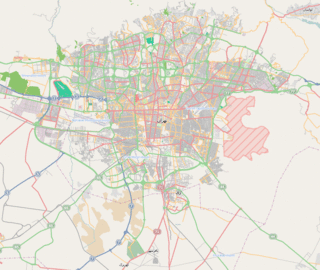
Zahir al-Islam House is a residential house related to the Qajar period and is located in the center of Tehran near Baharestan Square, Hedayat Street. In a questionable move, this building has been registered in the list of national monuments twice. This work was registered for the second time on June 12, 2017 with the registration number 31096 as one of the national monuments of Iran.
11. عکاسخانه و عمارت بادگیر
The Wind Catcher Mansion is located in the Golestan Palace of Ark Square in Tehran. It was built between 1220 and 1260 by the order of Fath Ali Shah Qajar. Mozaffar-al-Din Shah Qajar was crowned in the "Wind Catcher Mansion" of the Golestan Palace.
12. Park-e Shahr

City Park, with its 26 hectares, is an urban park located in the central Tehran, Iran. It is the first public park in Tehran. City Park surrounded by Fayaz Bakhsh Street from the north, Hafez Street from the west, Behesht Street from the south and Khayyam Street from the east.
13. Farahabad Palace
Farah Abad Palace is a building belonging to the Qajar period located in Dushan Tepe in Tehran, at the end of Piroozi Street. This work was registered on February 9, 1977 with the registration number of 1951 as one of the national monuments of Iran. This palace is sometimes confused with the Turquoise Palace, which has been destroyed.
14. City Theatre
The City Theater is a performing arts complex in Tehran, the capital of Iran. It was built with the initiative of Shahbanu Farah Pahlavi under the rule of Mohammad Reza Pahlavi, the last Shah of Iran.
15. Shamsol Emare
Shams-ol-Emareh is one of Tehran’s historical buildings and a remnant of Qajar Persia. It is one of the most prominent buildings on the east side of Golestan Palace. It was built in 1865-1867. It is notable for its height, decorations and design.
16. Cathedral of the Consolata
The Cathedral of the Consolata, also called the Roman Catholic Cathedral of Tehran, is a Catholic Church building in the city of Tehran, Iran, in which the Latin or Roman rite is followed. It is not to be confused with the Chaldean Catholic cathedral of Tehran, St. Joseph's Cathedral, where the Chaldean rite is followed.
17. Water and Fire Park
Ab-o-Atash Park, literally the "Water-and-Fire Park", also known as the Ebrahim Park, is a park in northern Tehran, Iran. With an area over 24,000 square meters (260,000 sq ft), the park was opened on June 27, 2009 by the 55th Mayor of Tehran, Mohammad Baqer Galibaf.
18. Andisheh Park
This park is located in the 7th district of Tehran municipality and in the Seyed Khandan neighborhood, between Shariati and Suhrawardi streets. The area of this park is more than 30,000 square meters. This park is known by other names such as the Red Crescent , and Martyr Monfaredniaki is also known.
19. National Botanical Garden of Iran
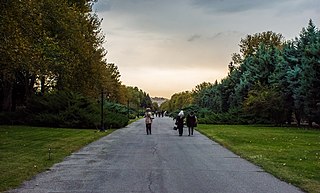
National Botanical Garden of Iran is a Botanical Garden in Tehran, Iran. Its area is about 150 hectares and is planned to be the main center for horticulture and plant taxonomy in Iran. A herbarium of Iranian plants (TARI) is gradually being built up and now consists of some 160,000 numbers. Also there are gardens of non-Iranian plants such as Himalayan, American, Japanese, African, and Australian.
20. Church of Saint Mary
The Greek Orthodox Church of Saint Mary, also known as the Greek Orthodox Church of the Annunciation of the Mother of God, is located in Tehran, Iran. Inaugurated in 1951, it was founded to serve the once-vibrant Greek community of Tehran, which by the 1960s and 1970s, prior to the Islamic Revolution (1979), numbered 3,000 people. When founded, the church was located at the intersection of the Roosevelt and Takht-e Jamshid streets. These streets were renamed Taleghani and Mofatteh respectively, after the Islamic Revolution.
21. Iranian Garden
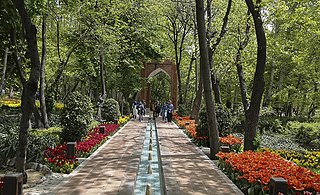
Persian Garden Park is located on Sheikh Baha'i Street in the old Deh Vanak neighborhood of Tehran. This park was an old garden whose traditional architectural elements have been renovated and its green space has been designed based on the pattern of gardens full of Persian trees and flowers.
22. St. Joseph's Cathedral, Tehran

St. Joseph Assyrian Catholic Church, also called the Chaldean Catholic cathedral of Tehran, is a Catholic Church building in Tehran, Iran, in which the Chaldean rite is followed. It is located north of Enqelab Street, Shahid Abbas Moussavi. It should not be confused with Tehran's Cathedral of the Consolata, nor with the Apostolic Armenian Saint Sarkis Cathedral.
23. Masoudieh Palace
Masoudieh Mansion is a historical building of the Qajar period located in Tehran, Baharestan Square. The building is built on a land of 2 square meters and an area of about 2 square meters. This work has been registered as one of Iran's national monuments on January 2, 2009.
Share
Disclaimer Please be aware of your surroundings and do not enter private property. We are not liable for any damages that occur during the tours.
